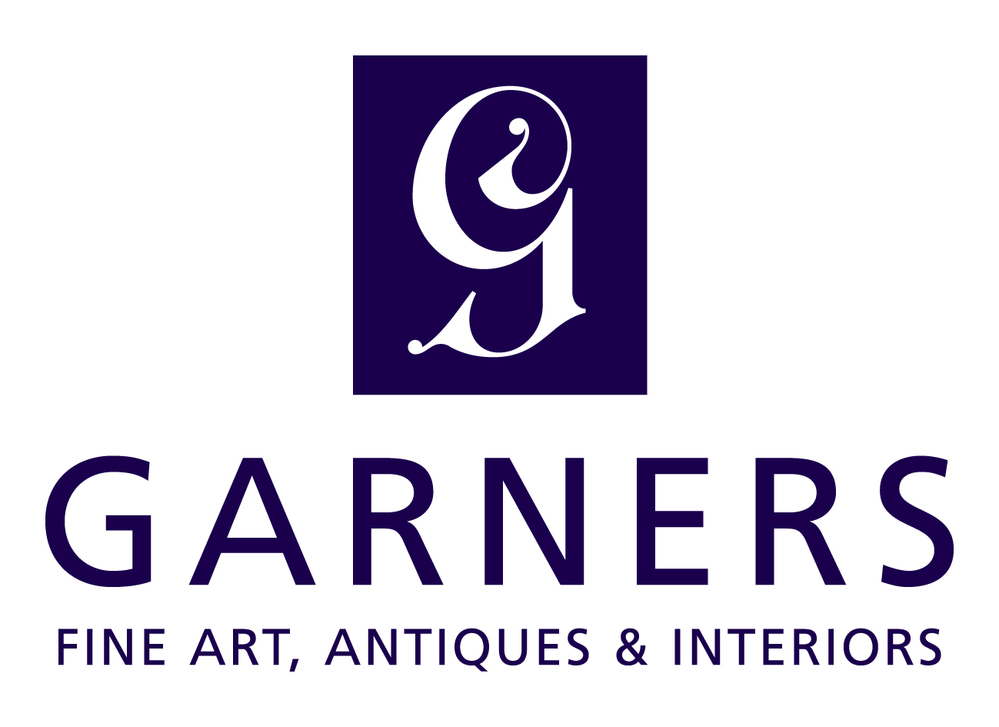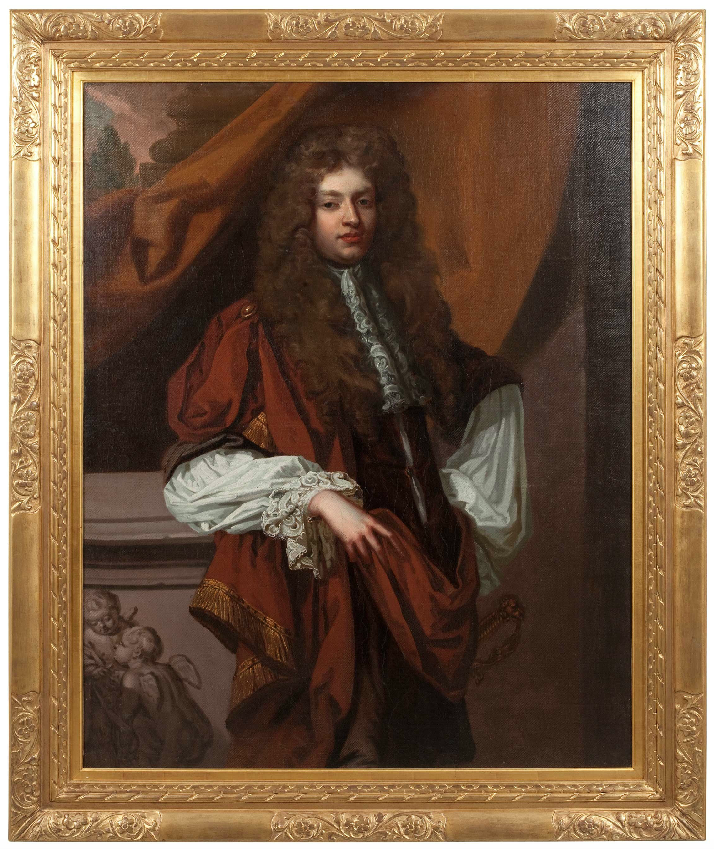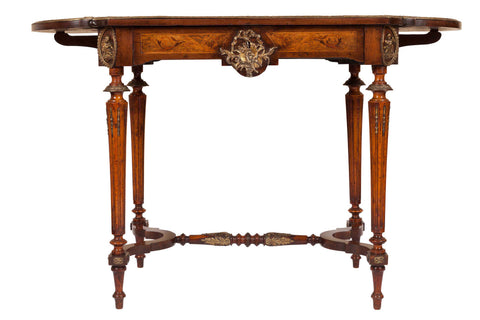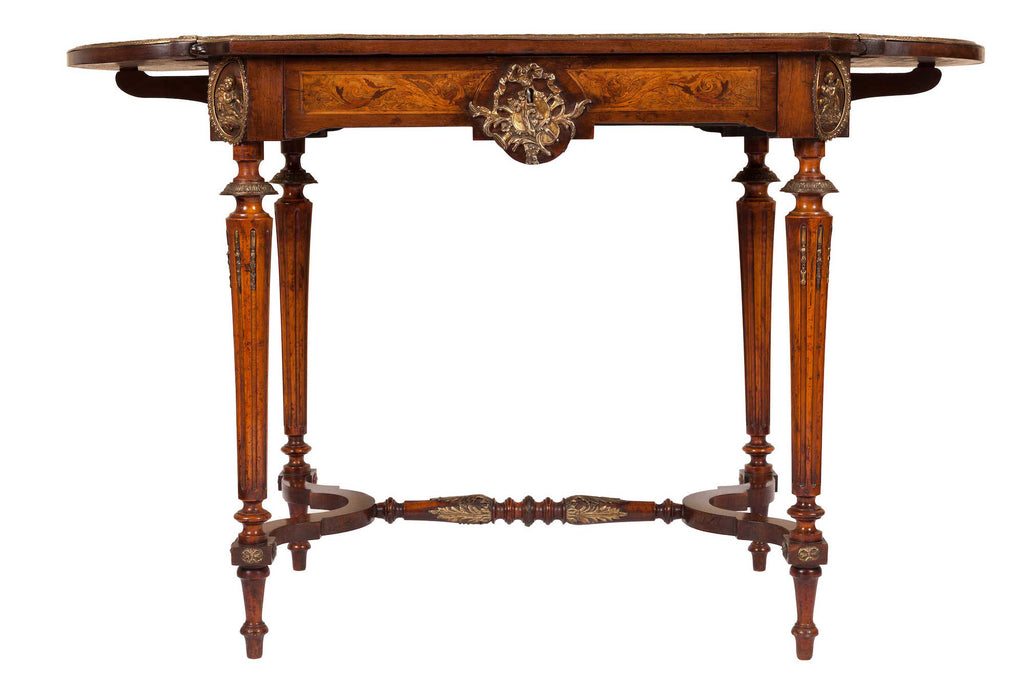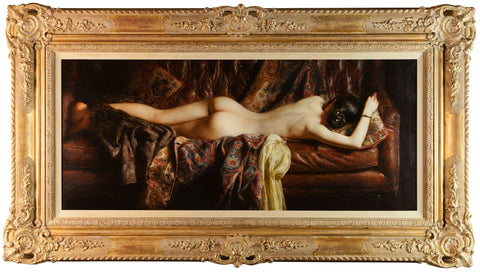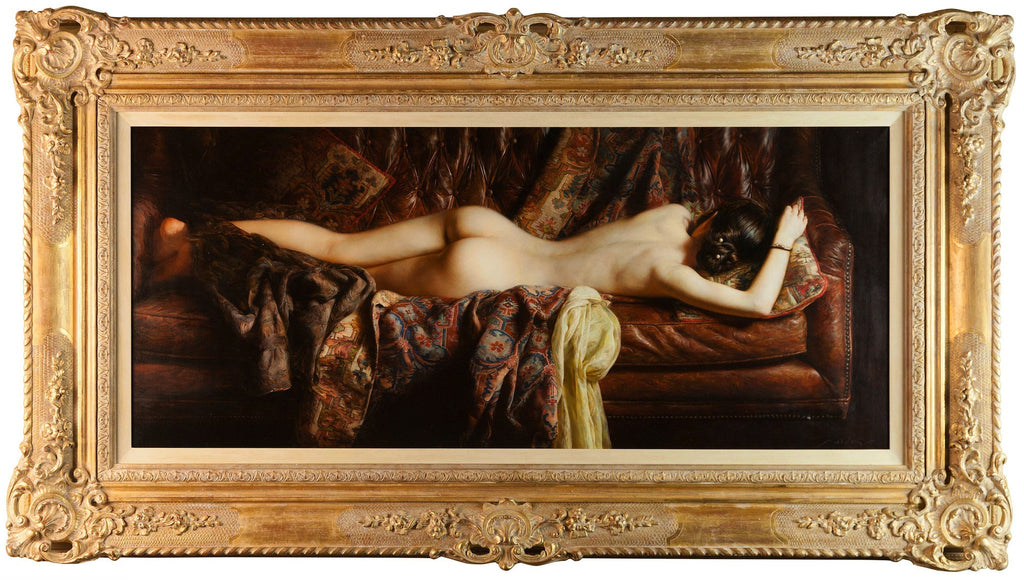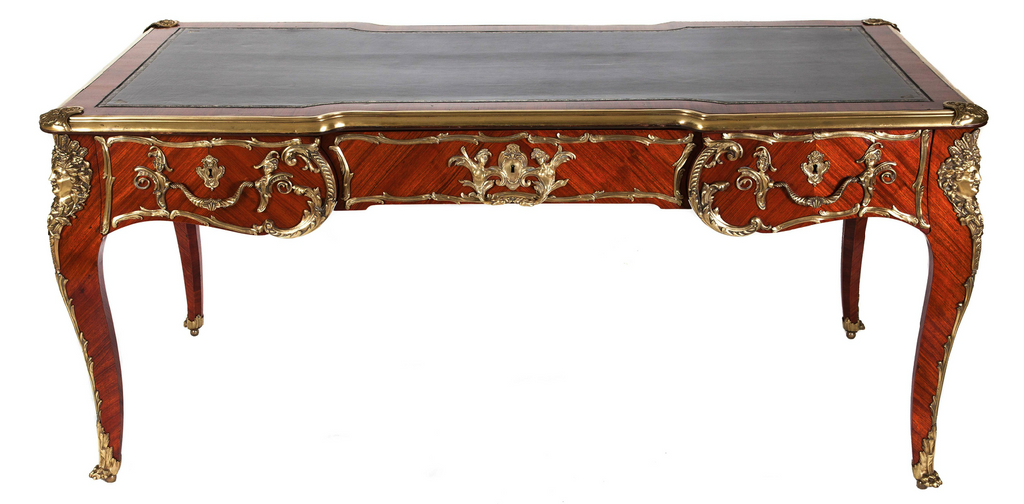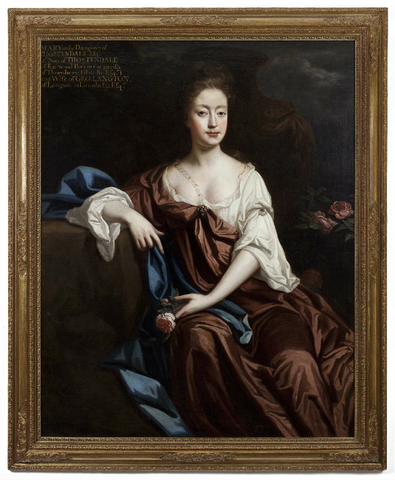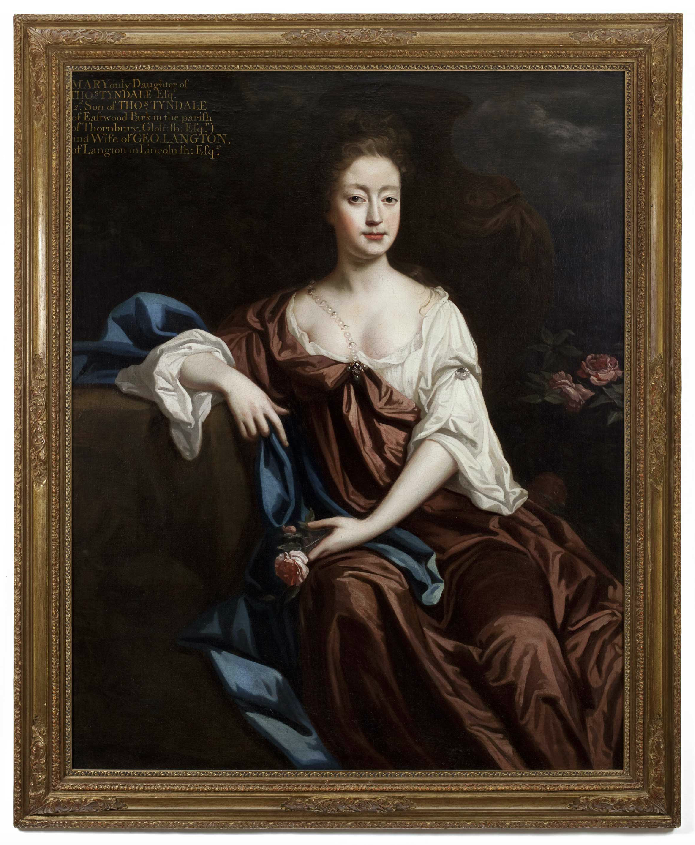x SOLD : Oil on Canvas; Three Quarter Length Portrait of a Gentleman. Circle of Sir Godfrey Kneller (British 1646-1723)
£0.00
This item has now sold, if you are looking for something similar, please call me, Paul Garner on 01572 823607 or 07720 292221. More than happy to source something for you.
-----
Circle of Sir Godfrey Kneller (British 1646-1723)
Dimensions: 60" x 50" (overall)
Biography: Sir Godfrey Kneller, 1st Baronet (August 8, 1646 October 19, 1723) was the leading portrait painter in England during the late 17th and early 18th centuries, and was court painter to British monarchs from Charles II to George I. His major works include The Chinese Convert (1687); a series of four portraits of Isaac Newton painted at various junctures of the latter's life; a series of ten reigning European monarchs, including King Louis XIV of France; over 40 "Kit-cat portraits" of members of the Kit-Cat Club; and ten "beauties" of the court of William III, to match a similar series of ten beauties of the court of Charles II painted by his predecessor as court painter, Sir Peter Lely.
Kneller was born Gottfried Kniller in Lübeck, Germany, the son of Zacharias Kniller. Kneller studied in Leiden, but became a pupil of Ferdinand Bol and Rembrandt in Amsterdam. He then traveled with his brother John Zacharias Kneller, who was an ornamental painter, to Rome and Venice in the early 1670s, painting historical subjects and portraits, and later moved to Hamburg. They came to England in 1674, at the invitation of the Duke of Monmouth. He was introduced to, and painted a portrait of, Charles II. In England, Kneller concentrated almost entirely on portraiture. He founded a studio which churned out portraits on an almost industrial scale, relying on a brief sketch of the face with details added to a formulaic model, aided by the fashion for gentlemen to wear full wigs. His portraits set a pattern that was followed until William Hogarth and Joshua Reynolds.
Nevertheless, he established himself as a leading portrait artist in England. When Sir Peter Lely died in 1680, Kneller was appointed Principal Painter to the Crown by Charles II. In the 1690s, Kneller painted the Hampton Court Beauties depicting the most glamorous ladies-in-waiting of the Royal Court for which he received his knighthood from William III. He produced a series of "Kit-cat" portraits of 48 leading politicians and men of letters, members of the Kit-Cat Club. Created a baronet by King George I, he was also head of the Kneller Academy of Painting and Drawing 1711-1716 in Great Queen Street, London. His paintings were praised by Whig luminaries such as John Dryden, Joseph Addison, Richard Steele, and Alexander Pope.
On the landing in Horsham Museum hang works of art from the Museum's extensive painting collection, featuring a large eighteenth century portrait of Charles Eversfield and his wife of Denne Park House. [1] In the painting Eversfield is giving his wife some violets which signifies fidelity, love and honesty. It is likely that the picture was cut down at some time as it was unusual to stop just below the knee. It may have been painted by more than one person: someone who specialised in clothing, another in drapes, and so on, with perhaps the great court painter Sir Godfrey Kneller painting the heads, for it was the portraits that gave the sitters their identity, everything else is rather formulaic.
Kneller died of fever in 1723 and his remains were interred in Twickenham Church (he was a churchwarden there when the 14th century nave collapsed in 1713 and was involved in the plans for its reconstruction).[2] The site of the house he built in 1709 in Whitton near Twickenham is now occupied by the mid-19th century Kneller Hall, home of the Royal Military School of Music.
[Search categories: Antique Oil Painting, Antique Portrait, Portraits]
